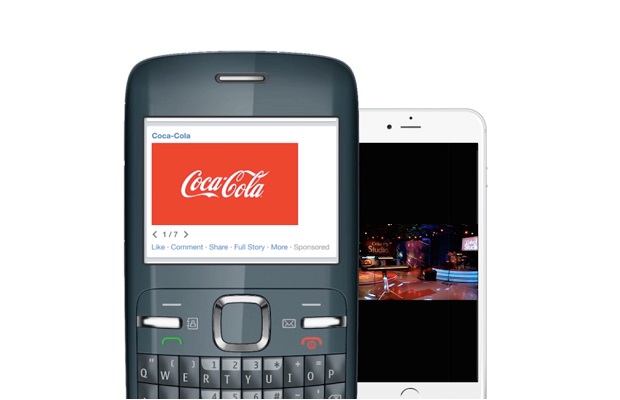Facebook has launched a new ad option called Slideshow for marketers trying to reach consumers in emerging marketers who have slower Internet connections.
The format runs as a series of up to seven still images that display in a 15-second slideshow.
Facebook said that Slideshow ads will deliver a video-like experience in a “lightweight” — as well as easy-to-produce — manner. Early tests of the format, which animates a series of three to seven still images, have shown that a 15-second Slideshow ad results in a file that’s one-fifth the size of a comparable video advertisement.
The feature has already helped Coca-Cola reach 2 million consumers during a campaign in Kenya and Nigeria.
By adapting a regular mobile video ad to the Slideshow format, the company was able to double its ad reach goals, according to Facebook.
“We’re committed to making everyone’s experience seamless and interactive no matter how or where they connect,” Facebook noted Thursday in its online announcement about Slideshow. “But video poses some challenges to advertisers, especially for small businesses and businesses reaching people in emerging and high-growth countries around the world.”
The announcement cited a recent 42-country study by the brand research and consulting company Millward Brown, indicating that people in slow-connectivity markets like Nigeria and the Philippines can be “even more receptive to video ads.”
In addition to delivering a video-like experience with lower bandwidth demands, Slideshow also makes it easier, quicker and less expensive for marketers to create mobile ads for their audiences, Facebook said.
“We created slideshow to help businesses reach the people in emerging and high-growth markets who want to watch more video content, but businesses everywhere are adopting Slideshow as a way to overcome the challenges of creating videos, or simply to try a new and engaging ad format,” the company noted.
The move forms part of Facebook’s ongoing strategy of targetting the ‘next billion’ internet users in developing ,markets with slow internet connections and feature phones.
For example, the company’s Internet.org app is partnering with mobile service providers in underserved markets to bring billions of yet-unconnected people online.

